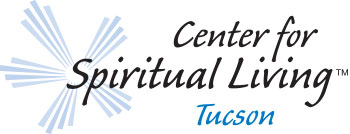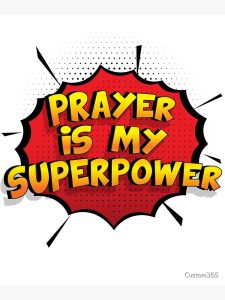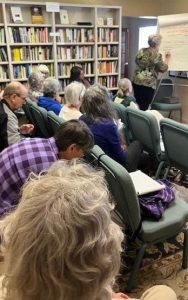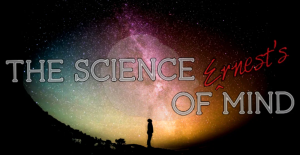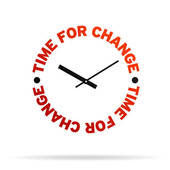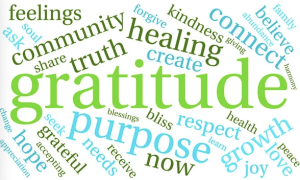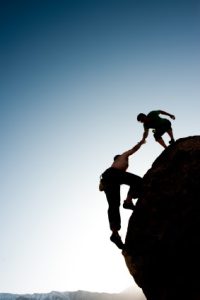What is a Pracitioner?
My first experience with Science of mind Practitioners was at CSL-Santa Rosa. Between services, there would be a dozen or so practitioners in a room and often times a line of people waiting for a “one minute miracle,” a chance to meet briefly with a practitioner and receive a Spiritual Mind Treatment. These brief times of prayer helped get me through some hard decisions, such as ending a relationship and eventually deciding to move to Bakersfield, CA.
At CSL-Bakersfield the practitioners would line up at the front of the room after service and offer SMT or prayer. I found this a valuable opportunity not only in stressful times to have someone know the truth of whatever condition I was in at the moment, but also to affirm Life’s good. Some of my favorite prayers were asking to affirm all is well and good and only getting better – the practitioners loved it!
What is a practitioner? Well, technically anyone who studies and practices this philosophy and teaching is a practitioner. Ernest Holmes writes, “The one who attempts to heal himself or another through recognition of the creative power of Mind and the ever availability of Good, is a mental or spiritual practitioner” (SOM 167). A licensed Religious Science Practitioner (RScP) is someone who has taken classes, completed the practitioner training program, passed a written test and an oral panel.
But beyond the training, an RScP has been called into higher service to their community, themselves, and the world. In her article, “The Consciousness that HEALs, A Practitioner’s Calling” (SOM Magazine Nov. 2004), practitioner Linda Watson says, Religious Science practitioners are loving, healing presences who dedicate their lives to demonstrating the power of spiritual realization and helping others to do so through affirmative prayer and spiritual principles.”
When I started the Practitioner Training program it was as a stepping stone to CSL Ministry, but along the way I found the joy of being of service as a practitioner. I love our form of prayer and the deep connection I feel with Spirit and those I have the opportunity to pray with. During Practitioner Training, I found the value of meeting one on one with a practitioner. A practitioner session is a time to be with a professional practitioner who “uses spiritual principles as the basis for their guidance, teaching and healing work” (Linda Watson).
I continue to meet with my practitioner monthly and it is always a great space to work out whatever is going on in my life.
“It is a practitioner’s business to uncover God in every [person]. God is not sick. God is not poor. God is not unhappy. God is never afraid God is never confused. God is never out of His place. The premise upon which all mental work is based is perfect God, perfect man, perfect being” (SOM 168). The CSLTucson practitioners welcome you to know this Truth with us: God is, I am, All is well, I am grateful, and so it is.
SOM = Science of Mind Text – Ernest Holmes
–Sharon Whealy, RScP
